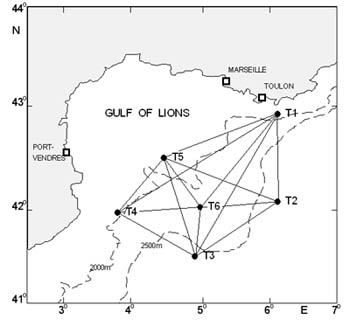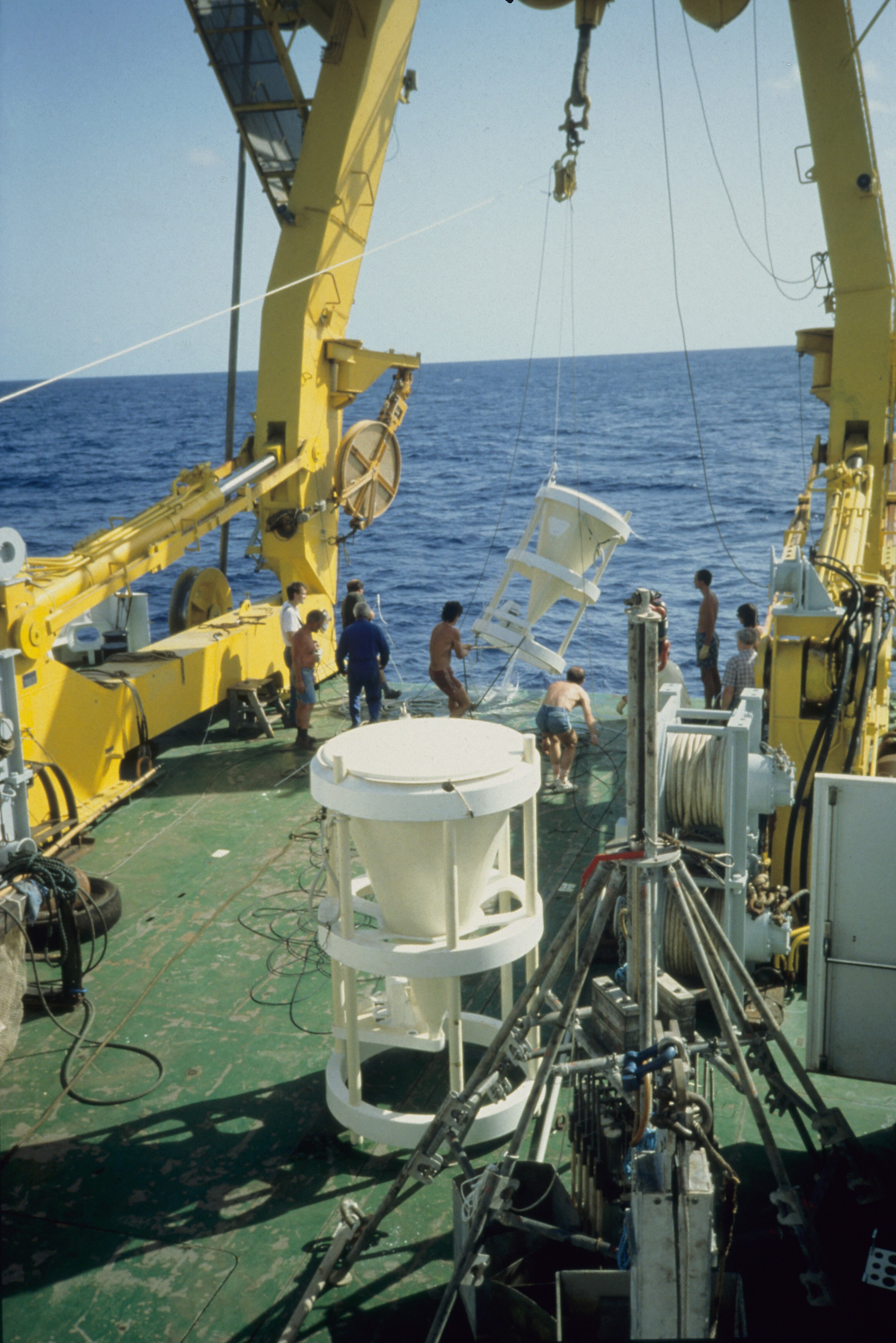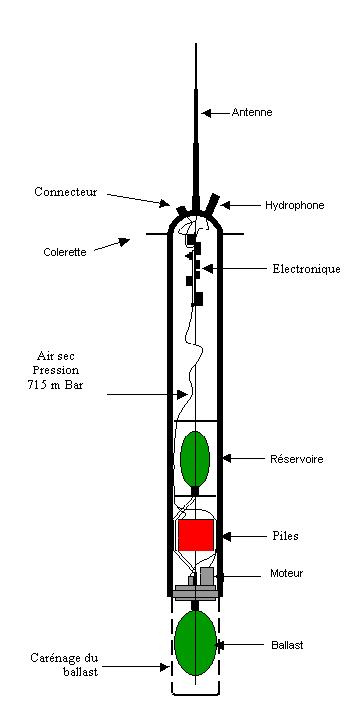Scientific cruises
Type of resources
Available actions
Topics
Keywords
Provided by
Formats
Representation types
Update frequencies
status
Scale
-
Biogeochemistry in the Southern Ocean, iron fertilization of the ocean
-

The acoustic tomography approach provides an indirect measure of the temperature of an ocean volume. The technique provides an integrated measure of temperature along the sound propagation paths. The variety of paths between a transmitter and a receiver, as well as the large number of instruments deliver information on the variability of the thermal content of the insonified volume.
-

Biogeochemistry in the Southern Ocean, iron fertilization of the ocean
-

The RAFOS float technique (the reverse acronym of SOund Fixing And Ranging) is used to obtain sub-surface trajectories of floats by acoustic location. These floats are immersed at a constant depth and drift with the body of water in which they are immersed. The floats record the arrival time of the sound signals emitted by a network of fixed acoustic sources placed on moorings. They regularly come to the surface to transmit the data that they have recorded.
-
French national archive (SISMER) of time series data, particularly current meter and thermistor data.
-

The Niskin or go-flo bottles collect water samples at pressures, temperatures and salinity which will be characterized using the CTD coupled to them. Numerous analyses are performed on the basis of these water samples: chemical (Nutrients, O2, etc.), biological (virus, bacteria, Chlorophyll A, etc.).
-
Raw singlebeam echosounder data from the French civil Research vessels, archived at SISMER (IFREMER)
-

Validated and aggregated data from current profilers measured continuously by hull-mounted ADCPs (Acoustic Doppler Current Profiler).
-
Multibeam echosounder data from the French civil Research vessels, archived at SISMER (IFREMER)
-
CTD data collected during the French oceanographic cruises or joint programs.
 Catalogue PIGMA
Catalogue PIGMA